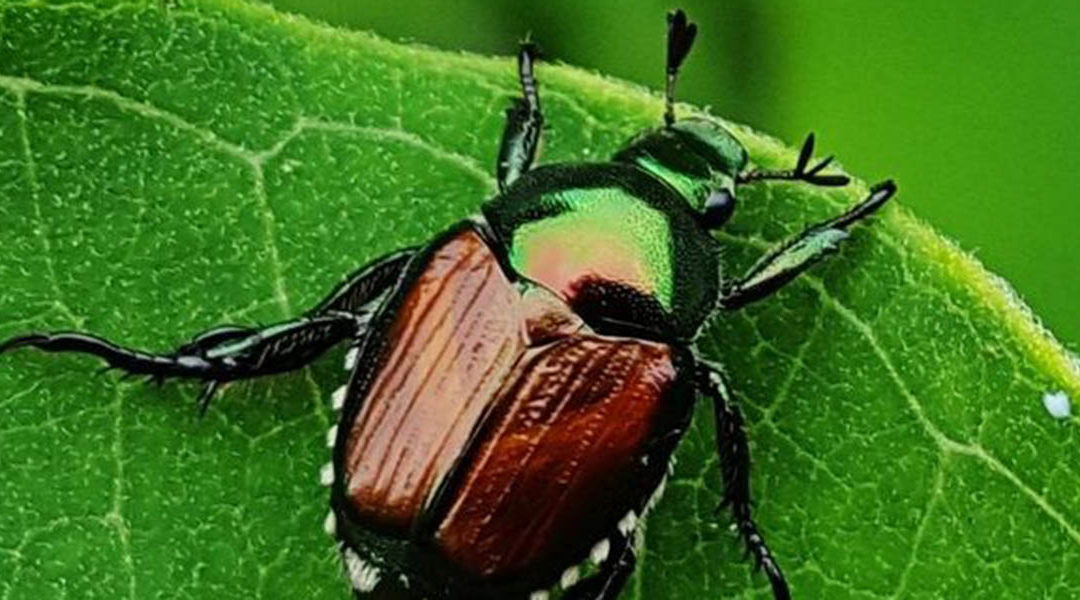Spotting bark beetles in pine trees can be alarming, as they seriously threaten your trees’ health and stability. Thankfully, with some education and preventative measures, you can minimize the impact these insects have on your trees.
In this blog post, Westport’s tree service contractor outlines how you can safely and effectively deal with bark beetle outbreaks.
Identifying Bark Beetles
Bark Beetles (also called Pine Beetles) are a destructive family of pests that usually destroy wood. Adult bark beetles lay eggs under tree bark, where larvae hatch and cause destruction.
These insects often infest ponderosa pine with DBH of at least six inches, usually stressed from root disease, drought, or growing on highly dense areas. The leaves of infested trees change to light green, yellow, and then rusty brown, eventually falling off.
A notable sign of Bark Beetles’ infestation is the “bark-shaved” appearance inflicted by woodpeckers searching for beetle larvae. Identifying and ensuring you’re dealing with Bark Beetles and not other pests is critical before you start any treatment.
Misidentification can lead to applying the wrong remedy, resulting in a waste of time and money. The following facts can help you correctly identify Bark Beetles infestation:
- Bark Beetles are usually black, brown, or dark red with hard, cylinder-shaped bodies.
- They are about rice grain-sized with tough forewings that help shield the softer wings underneath. The beetles use softer wings for flying and protecting delicate abdominal parts.
- Bark Beetles have tough mouth parts that make it easy for them to break into the wood.
- The tree species that Bark Beetles attack and where they attack the trees make it easy to identify them. For example, the Engraver Beetle attacks the upper portion of large pine trees. On the other hand, Red Turpentine Beetles often infest the lower trunk of pine trees.
- Bark Beetle larvae are pasty white and look like tiny grubs with dark brown heads.
After confirming that you have Bark Beetle infestation, you can proceed with a comprehensive inspection. This process involves identifying areas with the most Bark Beetle activity so you know where to focus your treatments.
What to Do With Bark Beetles in Pine Trees
You can deal with Bark Beetles in individual trees in three main ways:
- Take no action
- Cut down infested trees and burn or chip the material
- Cut down the trees and remove them from your property
You may discover a Bark Beetle problem when your tree is dead and the beetles are no longer there. In that case, you don’t need to do anything much.
However, telling if the tree still has beetle larvae is not always easy. Bark Beetles often leave the infested tree before the leaves fade in color in the summer months.
The insects are still present if the tree foliage changes color in the winter. Many recently dead trees will harbor other beetle larvae rather than Bark Beetles. Unlike Bark Beetles, other insects usually don’t kill the tree but help initiate the decomposition process.
Removing trees that no longer contain Bark Beetles doesn’t offer any tangible benefits. Leaving the trees standing will provide valuable habitat for other species. However, removal is advisable if the trees pose any danger if they fall.
If a dead tree still harbors Bark Beetles, cutting it down will not prevent reinfestation. You can prevent reinfestation and spread to healthy trees by burning or chipping the tree.
Contact Your Local Tree Experts for Assistance
If you need professional help dealing with Bark Beetles in pine trees, the North Eastern Tree, Shrub, and Lawn Care professionals are ready to help. Contact us at (888) 439-8733 to schedule an appointment and get top-quality service from a Google-Guaranteed Tree Business.



